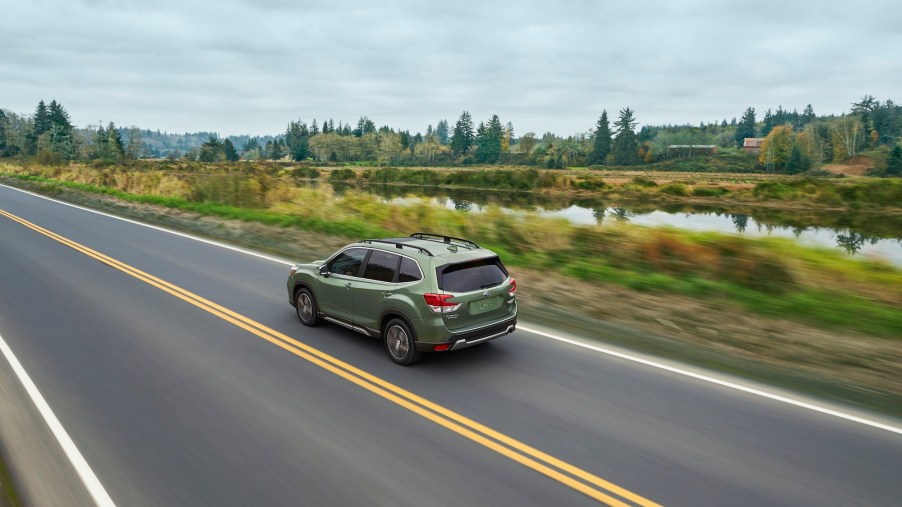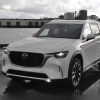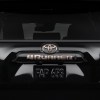
The Subaru Forester Forces You to Get This Feature
The Gunma Yajima plant in Japan has been manufacturing the Subaru Forester compact SUV since 1997. The model’s immense popularity has led to expanded production and distribution around the world. Consumers appreciate the SUV’s comfortable seating, safety features, and cargo space.
Now in its fifth generation, the Subaru Forester continually adds better features and earns more praise from brand loyalists. But if you’re considering buying this small SUV, you should know one key feature isn’t optional.
The 2021 Subaru Forester has received high praise
The 2021 Subaru Forester remains a strong contender. Consumer Reports gave it an 89/100, easily placing this crossover at the top of the compact SUV class. Its two-row seating accommodates five passengers and allows for plenty of legroom. With a starting MSRP of just $24,795, the Forester has become a popular family vehicle.
Most important for many consumers, the 2021 Forester comes standard with many desirable features. What it lacks in acceleration — going from 0 to 60 mph in a little over 9 seconds — it makes up for in safety. Every model comes with lane-keeping assistance, pedestrian and collision warnings, and automatic emergency braking. Although blind-spot warning comes at an extra cost, Subaru has already optimized the Forester’s body to provide enhanced visibility.
The Subaru Forester comes standard — and exclusively — with all-wheel drive
The Subaru Forester gives consumers plenty of options regarding interior and exterior colors, enhanced technology features, and even extras like a panoramic sunroof. However, regarding the drivetrain, all Forester models are the same. Subaru vehicles, except the BRZ, come exclusively with all-wheel drive. Though some consumers might dislike not having the option of front-wheel drive, AWD has its advantages.
All-wheel drive distributes engine power and torque to all four wheels at all times. Subaru employs a “symmetrical” AWD system in which a balanced layout allows for a lower center of gravity and better driving control. This system, which the brand has used on its vehicles since 1972, sets the Forester apart from many other models in its class. The lack of an option for FWD in a compact SUV is certainly unusual, but it doesn’t have to be a dealbreaker.
Consumers might not miss front-wheel drive
Some drivers are hesitant to move past a front-wheel-drive system, and it’s easy to tell why. U.S. News reports that FWD vehicles operate with a simpler system, meaning a potentially lower cost of maintenance or repairs. As for comfort, cars with FWD can typically offer more seating room because they don’t have to allocate space in the rear cabin for a transmission tunnel.
Many consumers might also equate AWD with 4WD off-roading adventures. Although Subaru assures drivers the Forester can handle rough terrain, AWD is valuable for much more than just thrill-seeking. The increased traction helps drivers better navigate snow and ice — conditions that can quickly become scary with front-wheel drive. Though the more complex and heavier AWD system may result in worse fuel economy than a front-wheel-drive vehicle, peace of mind makes up for the extra expense.


